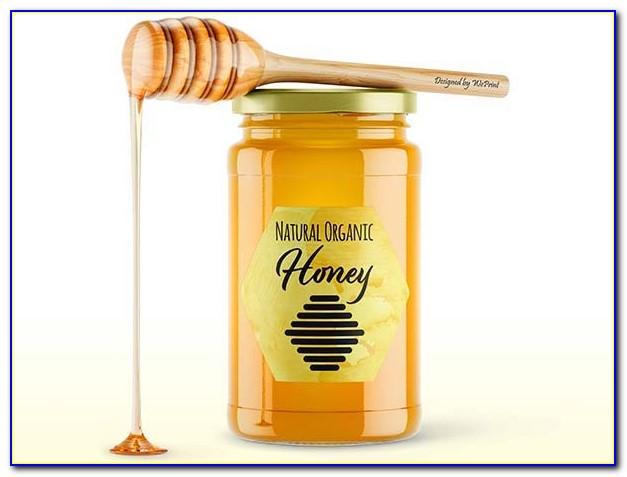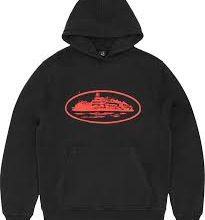Tips For Designing the Ultimate Honey Labels
When you are designing honey labels, there are several things to consider. First of all, the label must be stylish. Choose one or two fonts for your labels, and make sure they contrast with each other and with the background. You can also use images to help distinguish your honey. For example, you can create a picture of a beehive or a honey plant to make your honey label stand out.

-
Start With the Shape and Size of Your Honey Lab
When it comes to marketing honey products, you can never go wrong with a well-designed label. Customers love to see the honey in fun shapes and unique flavors, so create a label that’s unique to your honey business. Using the right labels will also ensure your product is more recognizable and more profitable.
Honey containers come in many shapes and sizes, and choosing the right labels can be the difference between a profitable business and a failure. Consider the shape and material of the containers, too, as they can affect the way consumers perceive the honey. For instance, metallic materials may grab consumer attention. A clear film, meanwhile, gives a “no label” look that allows consumers to see the honey. Other options include glossy paper, uncoated paper, and environmentally friendly materials. Size and color of labels are important considerations, as well as legibility of content.
Labels are essential for selling your honey, and there are specific requirements for doing so in New Zealand and Australia. In both countries, the Food Standards Code outlines requirements for the labeling of honey. The right labels ensure that your product is legal to sell.
-
Choose Your Honey Label Material
Custom Honey labels Wholesale need to be both durable and visually appealing. They should capture the personality of the honey brand and impact consumers. They should be made from high-quality materials that can withstand a variety of conditions. For this reason, there are many factors you should consider before choosing the material for your honey labels.
Honey labels can be printed on a variety of materials. However, choosing the right material is critical for a successful marketing campaign. The right material will make your label stand out among your competitors and attract customers. You may want to consider metallic foil stamping, which is a process in which a metal die bonds a metallic “foil” to the label’s surface. This effect is particularly effective when used to emphasize a logo, typography, or design element. You can also choose an image for your label that helps consumers distinguish honey from other types of products. For instance, you can include an image of a honeycomb or a beehive.
Honey labels need to be legible and legal. They should clearly indicate the topographical origin of the honey and where it is produced. They should also list the ingredients in order of the highest to lowest amount. If you plan to add spices or essential oils to your honey, be sure to include them as well.
-
Create the Content for Your Honey Labels
When creating honey labels, you need to take into consideration the requirements set forth by the Food and Drug Administration. These regulations ensure that consumers are informed about the ingredients in honey, so it’s important to include this information on your labels. Additionally, being open about the ingredients of your honey can be a great selling point. Other important information for your labels includes contact information and social media handles.

The content on your labels should be attractive and informative. You don’t want to overload them with too many fonts, which can distract the eyes and not look professional. Also, make sure the fonts contrast well with the background. Another way to differentiate your honey is to include images that depict the honey plant or beehive.
-
Make Sure Your Honey Labels Are Compliant
There are a number of rules regarding the content and appearance of honey labels. The main requirements are to include a physical address and contact information, as well as the name and address of the manufacturer or distributor. Honey labels must also contain the names of the main ingredients, unless they are spice-infused. There are several exceptions to the requirements, though. For example, honey cannot include pollen, royal jelly, or propolis.
In the United States, honey labels must comply with federal regulations. Although there is no specific federal legislation governing the content of honey labels, the U.S. Food & Drug Administration offers additional guidelines that can help businesses create effective labels. Proper labeling helps ensure that products are not adulterated or misbranded and improves the consumer’s ability to make informed choices.
Conclusion
When designing a honey label, it is vital that it is eye-catching and compliant. Decide what type of container you plan to use and the layout you would like for the label. Next, decide on what type of imagery you want to include on the label. This will determine the color and design characteristics of the label.
When choosing a honey jar, glass is preferred over plastic. It is also better to purchase the jars with a bronze metal lid. Also, make sure they come with a swizzle stick and a label that has been professionally designed.





